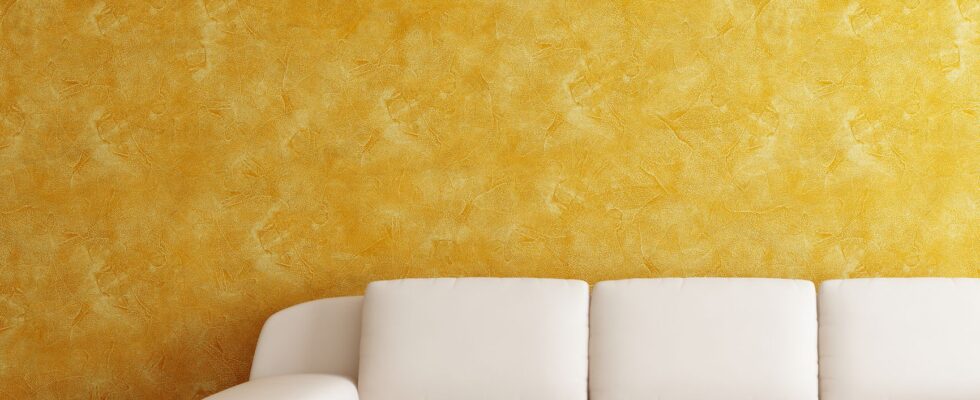The softly textured, glossy surface of Venetian plaster exemplifies everlasting beauty. This guide will teach you everything you need to understand about remodeling with Venetian Plaster. Venetian plaster exemplifies ageless beauty with its softly curved, glossy surface. It highlights the inherent beauty of polished real marble as a lime-based solution, converting ceilings and walls become handcrafted pieces of art.
Venetian plaster’s distinctive ornamental characteristics are regaining appeal as more young artists become competent in this old trade. Are you considering bringing a piece of Central Italy into the residence?
Continue reading for more thoughts and knowledge and get Polished Plaster FAQ’s:
FAQ’s on Polished Plaster:
Get all the solutions for commonly asked Polished Plaster FAQ’s –
What is the best place to utilize Venetian plaster?
Venetian plaster may be applied to ceilings and walls, and also rounded edges like archways and pillars. It looks well on fireplace mantels and highlights walls.
The finishing clings best to a porous layer and may be applied to plaster, bricks, cement panel, concrete, and cement blocks that have been properly prepared. Verify with the maker or local plastering professional to see if any preparations may be used over already paintwork.
How about some bathroom excellence?
Venetian plaster is a low-maintenance cost, the grout-free option to tiles or real rock. It’s inherently mold and fungus proof, and it’s equivalent to tiles in regards to toughness and longevity.
Is it a safe alternative?
Venetian plaster, being a natural substance, does not emit dangerous volatile organic compounds like acrylic paints, adhesives, and glues do. The additional lime raises the pH of the cement and acts as an organic fungicide, preventing mold growth.
Is Venetian plaster simple to keep clean?
Limestone plasters are referred to as ‘forever’ finishes because they are less susceptible to shrinkage and breaking than concrete surfaces and acquire a lovely patina over time. A waxed coat can help resist grime; re-waxing your Venetian plaster ceilings every handful of years is advised. If washing is necessary, just use normal water or a bar of gentle soap, just like bleaches or other harsh household cleaners might harm the surface.
Is it do-it-yourself cordial?
Venetian plaster application is similar to constructing a sculpture or a work of art in that it requires a high degree of knowledge and expertise, and the craftsman who is specialized in this have typically spent many years honing their technique. Also, it’s important to mention that limestone plaster is very alkaline and corrosive when wet, so it’s better addressed by a skilled tradesman wearing proper protective equipment.


